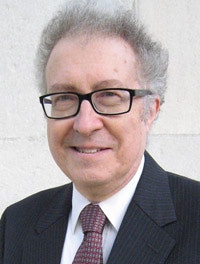
If you are investigating the idea, remember that you will most likely want to sell your business for a price representing a multiple of cash flow. Why? First, it is the most commonly used method, and thus is familiar to prospective buyers. Second, it is logical from a financial point of view: A buyer’s investment needs to be rewarded with a return in cash. Third, the formula usually results in the most favorable price from the standpoint of the seller.
Here’s how the formula works. Start by determining your annual cash flow. Begin with your annual bottom-line profit figure. Then add back what you have deducted during the year for interest, taxes, depreciation and amortization. The resulting cash flow number goes under the acronym of EBITDA (pronounced “EH-buh-ta.”) That stands for “earnings before interest, taxes, depreciation and amortization.”
Now that you have your EBITDA, apply a multiple. “For smaller companies the sales price is almost always four-to-six times EBITDA,” advises Rick Rickertsen, managing partner of Pine Creek Partners, a private equity firm based in Washington, D.C. So if your business’s EBITDA is $300,000 then your business may sell for $1.2 million to $1.8 million.
Calculating By Revenue
The above calculation, sometimes called the “earnings multiple,” is the most common method of pricing a business. Sometimes, though, a selling price can be determined by revenue. This is especially so for a business that has not been very profitable in recent years because of conditions beyond its control, and the future looks brighter. Such a business might sell for anywhere from one half to full annual revenue. In most cases a business has to have massive margins to sell for more than its annual revenues.
Here’s yet another calculation. If you have an asset-rich business, book value can be meaningful. This situation most commonly occurs with manufacturers who might own the real estate, a commercial building, inventory and modern equipment.
Book value can also come into play for those businesses which have no cash flow. A buyer will pay the face value of assets with the idea of retooling operations in a way that generates more cash in the future.
As for retailers, their inventory is usually not high enough to qualify for a meaningful calculation based on book value, since they usually turn inventory from seven to eight times a year. Most retail operations will use the cash flow method and will sell from four to five times cash flow.












































